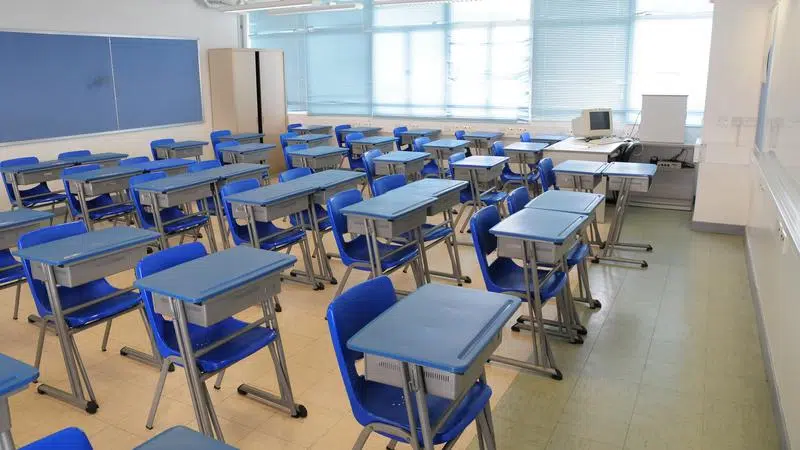
Grande Prairie schools to feel effects of province’s education cut to fund COVID-19 response
On Saturday, March 28, the provincial government announced plans to temporarily reduce funding from the Education Budget and put it towards the COVID-19 response fund.
The province is proposing taking $128-million dollars from education, though the exact figures each school division in Alberta will lose is unknown at this time.
Karl Germann, Superintendent of the Grande Prairie and District Catholic Schools, says Saturday’s announcement came as a surprise.
“We weren’t expecting a change in funding. What we had done up to that point was actually re-allocated staff to different areas, or have staff support the home learning. So we were well on our way to doing work with families and kids and teachers using our support staff. So this certainly is a change for us, and we’re going to have to figure out how to adapt.”
